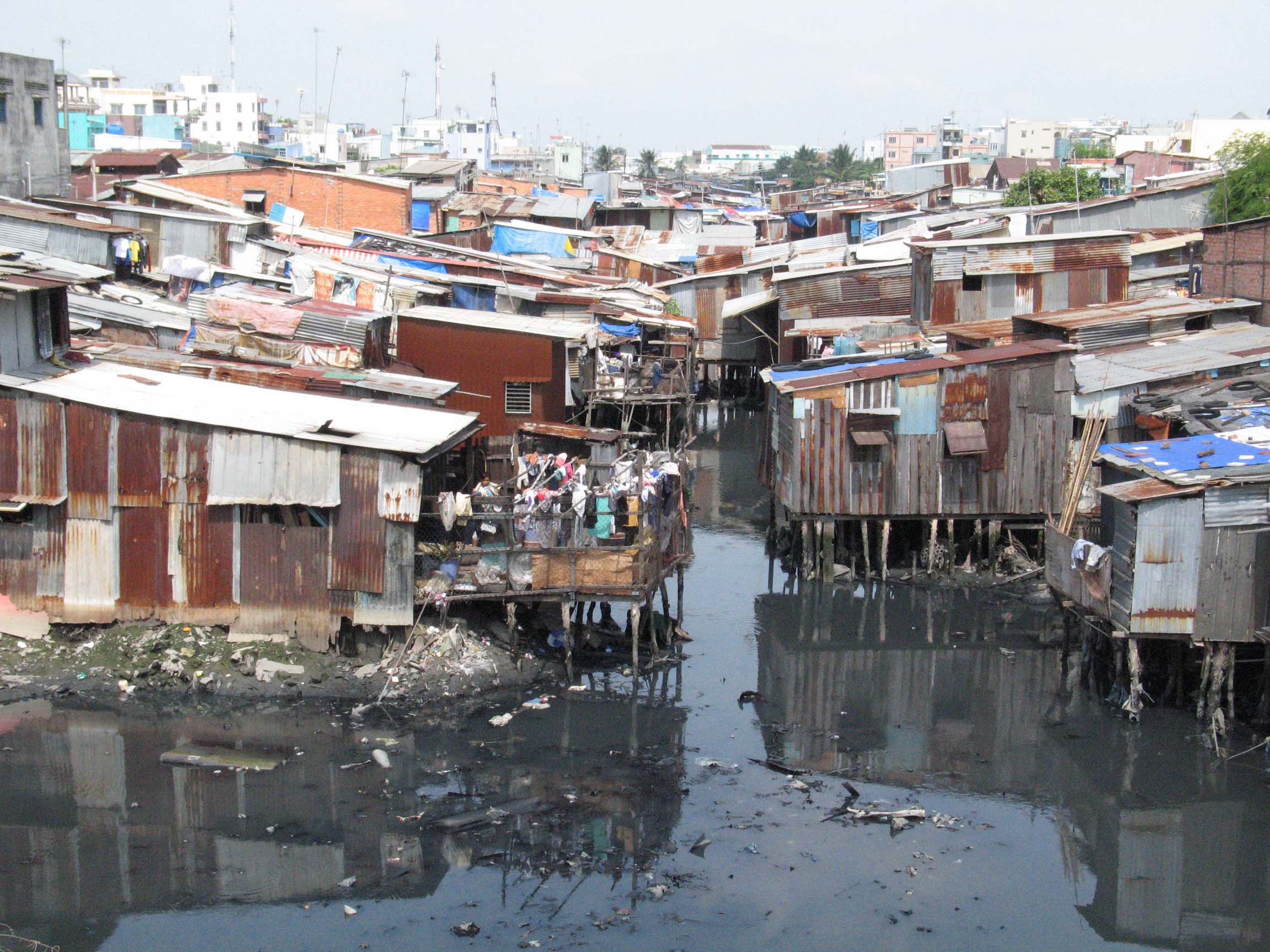Open, makeshift toilets, still a common sight in Ho Chi Minh City’s suburban districts, are a stark contrast to the southern hub’s modernity and growth.
The improvised toilets are typically erected on bamboo poles in lakes, canals or rivers and shabbily covered with canvas, or used planks of wood.
A hole is made in the middle so that users can freely answer the call of nature right in front of the prying eyes of people traveling on the street, particularly those from other places and foreigners.
Human waste along with garbage dumped into the lakes or rivers is not only the culprit of air pollution but it is also responsible for digestive diseases, particularly diarrhea.
It also increases transmission risks among the community, as locals typically do their laundry or dishes and swim in the rivers, or even use the water for bathing and cooking.
A few drownings among young kids happened when they fell into the water while relieving themselves in the ‘outdoor’ toilets.
The banks of Doi Canal in District 8 are now crisscrossed with slum houses and ‘outdoor’ toilets.
“We don’t have land to build our houses, let alone land for self-disintegrative toilets,” a local explained.
D., owner of a house along Ruot Ngua Canal in the same district, said that though she has built a bathroom, her waste pipe leads directly to the canal.
“Locals here all wish to have self-disintegrative toilets which are environment- and human-friendly. However, we’re on the waiting list of site clearance and relocation, so we have to make do with this temporary way of living,” D. admitted.
She complained that the situation is particularly worse during high-tide seasons, when the slum houses are flooded with sewage and garbage.
According to Nguyen Thi Tho, a local civilian leader, Quarter 5 in District 8’s Ward 16 is home to more than 40 slum houses along the canals, all of which pump their waste directly into the waterways.
Households in the suburban district of Binh Chanh’s Le Minh Xuan Ward also erect ‘outdoor’ toilets in their own ponds and use the waste matter to feed their fish.
Nguyen Hoang Chuong, a specialist of District 8’s Office of Natural Resources and Environment, expressed concerns that the existence of such ‘outdoor’ toilets is not only an aesthetic grievance, but their waste and garbage also cause sediment, which impedes the flow of rivers and canals.
Chuong noted that water samples taken from several places in the rivers and canals throughout the district last year yielded high levels of coliform bacteria – the rod-shaped bacteria that are normally found in the colons of humans and animals.
Regular contact with such contaminated, stagnant water supply makes users particularly vulnerable to digestive diseases and dengue fever, Chuong stressed.
According to Dao Dong Ha, an official of Binh Chanh District, dozens of acute diarrhea cases were reported among households in the district’s Vinh Loc A and Le Minh Xuan Communes earlier this month.
Seven other communes in the district are also highly prone to the disease.
The district’s government has recently offered locals loans totaling over VND7 billion (US$329,474) to build self-disintegrative toilets, and provided them with access to clean water supplies at cheap prices.
However, Ha noted that some 100 households in Le Minh Xuan Commune are migrants from other provinces with no permanent residence books and thus are not eligible for the loans.
Like us on Facebook or follow us on Twitter to get the latest news about Vietnam!























































